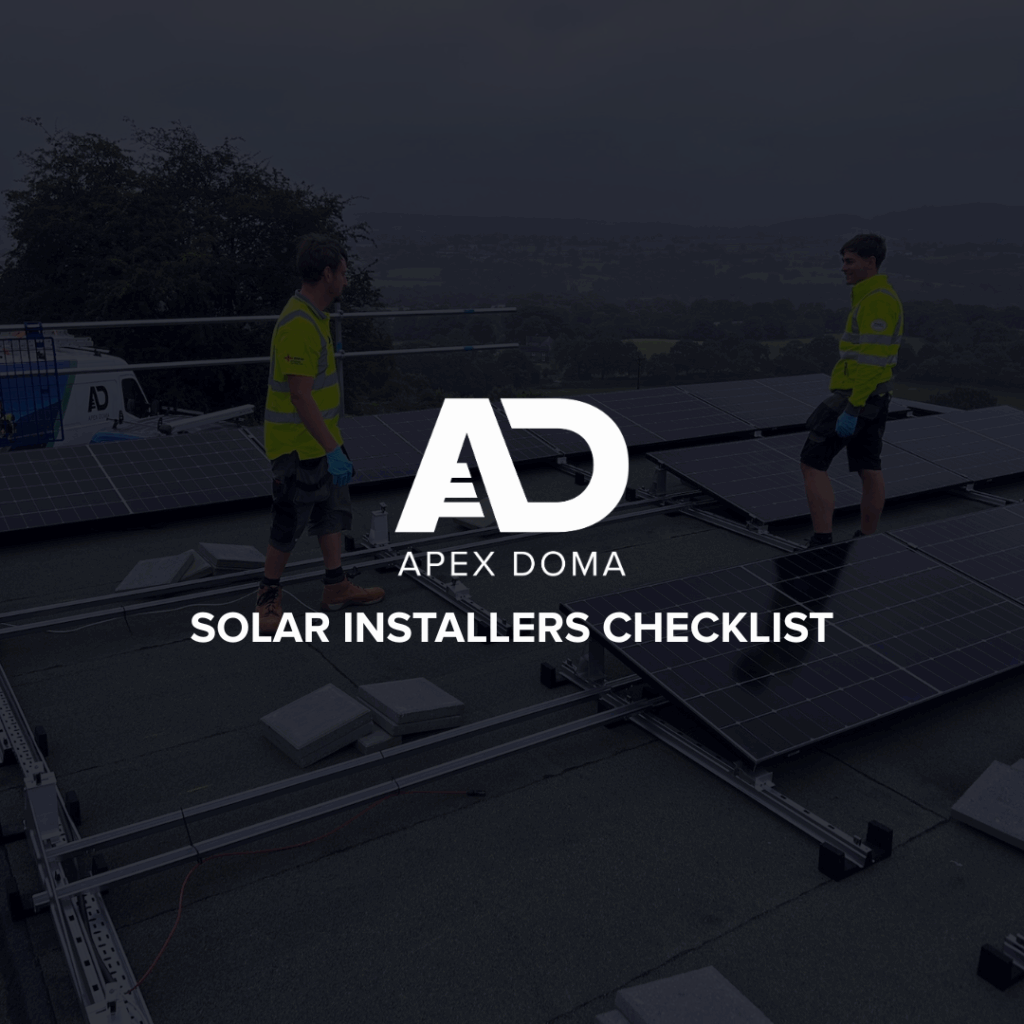You might think solar installation costs an absolute fortune, but it doesn’t have to. If you’re a UK homeowner with around £5,000 to spend, here’s how you can install a solar system that slashes energy bills, maximises ROI, and lets you own the system outright. Let’s explore cost‑saving tips, product choices, and smart financing.
1. Choosing the Right Solar Panels Without Overspending
Many installers push their preferred panel, but you do have options:
- Ask about older stock: Installers or wholesalers often clear out perfectly good panels (say, 405–420 W) from 12–18 months ago at reduced prices. These can save you significantly and still come with full warranties.
- Negotiate panel choice: You may get 12–14 panels instead of 10 within your £5,000 budget by choosing lightly older stock, boosting total energy output.
- How many solar panels do you need?
Divide your annual usage (kWh) by ~350 kWh per panel (if south-facing). For 3,500 kWh/year, that’s roughly 10 panels. If budget allows, a couple more panels improve ROI.
2. Inverter Options: String vs Hybrid
- String inverter: The cost‑effective approach. Converts DC to AC, suitable if you don’t plan to add batteries soon.
- Hybrid inverter: Costs ~£500–£1,000 more but allows future battery integration without replacing the inverter.
- Good news: Even if you choose a string inverter now, you can always add battery storage later with an AC‑coupled system.
3. Minimise Hidden Installation Costs
Several ancillary costs can push your system over budget:
- Scaffolding: Typically £800–£1,000 depending on roof height and complexity.
- Bird guard: Essential to prevent nesting birds under panels. This protective system is inexpensive now (£30/panel is negotiable) but costly to retrofit later.
- Roofing checks & repairs: Get a professional survey—any slipped tiles or ridge issues should be fixed before installation.
- Grid connection (G99): For systems over eight panels, your installer must apply appropriately to avoid export throttling.
- Fuse board upgrades: A 10-way fuse board typically costs £500–£700. Ancillary boards (under 0% VAT) cost around £300–£350.
4. How to Fund and Finance Smartly
Even if you don’t want a loan, there are ways to fund smartly:
- 0% VAT on solar panel installations applies until at least April 2027.
- Smart Export Guarantee (SEG) pays ~£0.15/kWh for excess energy exported, with no tax on earnings.
- Mortgage rebates or interest‑free borrowing: Some lenders offer cashback (£1,000–£2,000) or interest‑free credit for solar installation via mortgages.
- Interest‑free credit cards: Use a card with a 0% promotion, save on electricity, and clear the balance before promo ends.
- ECO4 grants: Available in some cases if you’re band A–D council tax, EPC rating C or below, and meet income or welfare benefit criteria. Contributions and product choice might be limited, but it’s worth checking.
5. Avoid Risky or Poorly Structured Deals
- Rent‑a‑Roof schemes: Avoid leasing structures where you don’t own the panels, they can complicate home sale.
- Group-buy schemes (like “Solar Together”): Often involve subcontracted installers and lower-quality products.
- Pay‑for quotes: Legit installers provide free surveys. Charging for quotes is a red flag.
6. How to Negotiate a Great Deal
- Be clear with your budget: Say “My budget is £5,000… what can you install with it?”
- Choose products first: Research brands like GivEnergy, string inverters or panels you’d like, and specify them.
- Demand a professional survey: An engineer should visit your home, check roof condition, propose equipment, wiring lengths, rails, etc. to avoid nasty extras or variation bills.
- Beware of vague package deals: Many omit extra cables, different inverter types, or specific rails. Custom quotes are better.
7. What to Expect for a £5,000 Solar System
With £5,000, you can typically expect:
- Around 10 panels (440 W each, possibly bifacial) on a concrete-tile roof
- Bird guard, scaffolding, string inverter with 12-year warranty, professional electrical/fuse board setup
For standard single‑string systems, ROI is typically 5–7 years, with savings of £700–£900 per year depending on usage. If you’re home during daylight, you’ll offset more electricity and reach payback closer to 5 years; if you’re mostly out, SEG income makes up the difference.
In Summary:
Installing a solar PV system in the UK on a budget doesn’t mean compromising quality. For around £5,000, you can own 10‡ panels, a reputable inverter, proper installation safety (bird guard and scaffolding), and expect full ROI in 5–7 years, with zero VAT and tax‑free SEG income boosting returns.
Ready to go solar without breaking the bank?
- Book an initial quote or survey
- Ask installers to quote based on your budget (£5,000)
- Confirm panel models, inverter make, and inclusion of bird guard
- Make sure you’re comfortable with the site survey
- Negotiate scaffold costs and potential discounts on older stock
Visit our Solar Services page or Battery Storage page to see compatible systems.



